Chop suey! A simple and delicious vegetable stir-fry recipe made with tender chicken, shrimp, and fresh and healthy vegetables all smothered in a fragrant and flavorful sauce.
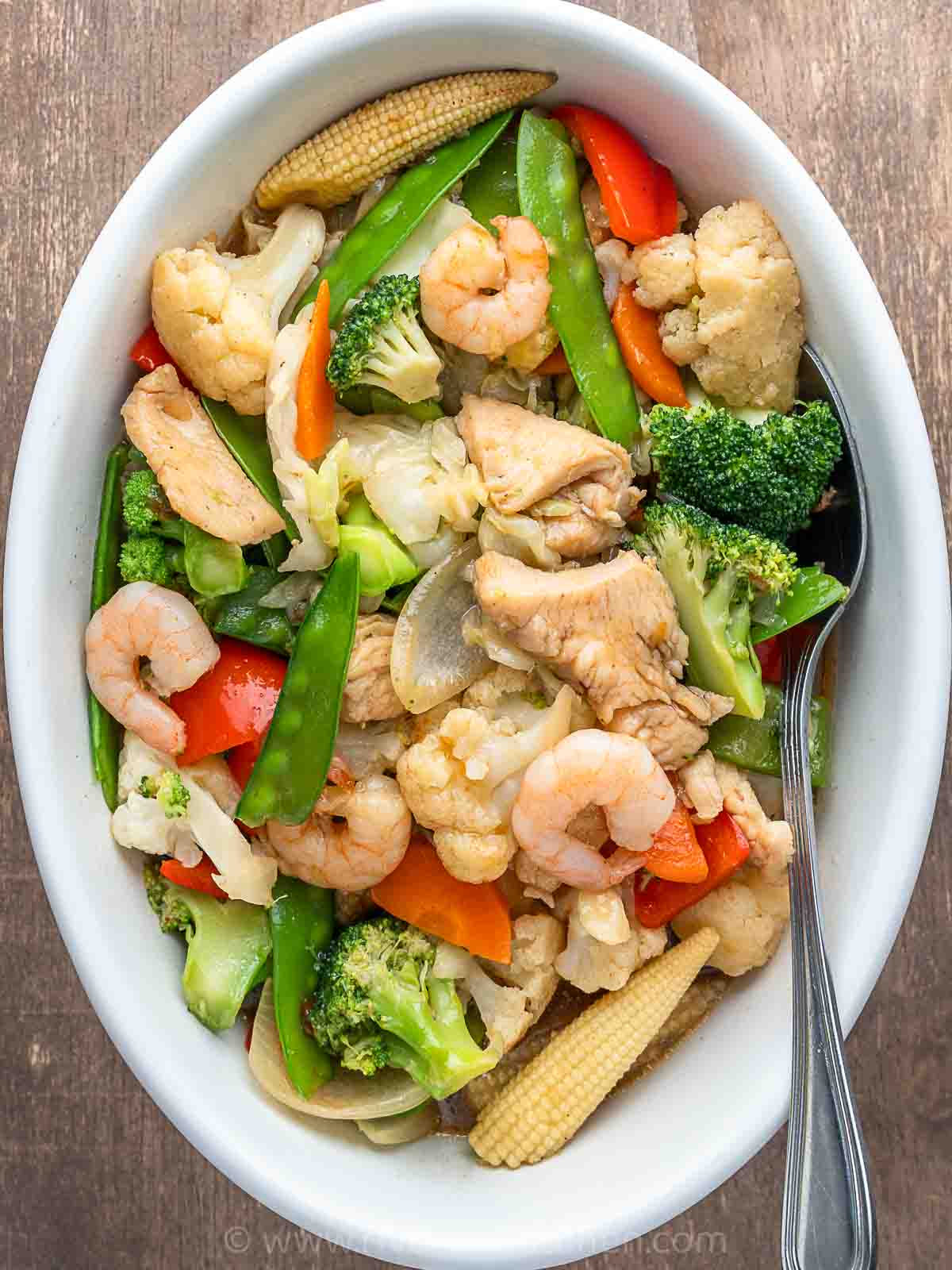
Filipino Chop Suey vs. Other Chop Suey
Although Chop Suey didn’t originate in the Philippines, it has found a home in Filipino cuisine through adoption and adaptation. It has its origins in Chinese-American cuisine. The term “chop suey” translates to “assorted pieces” or “mixed bits” in English and is of Chinese origin.
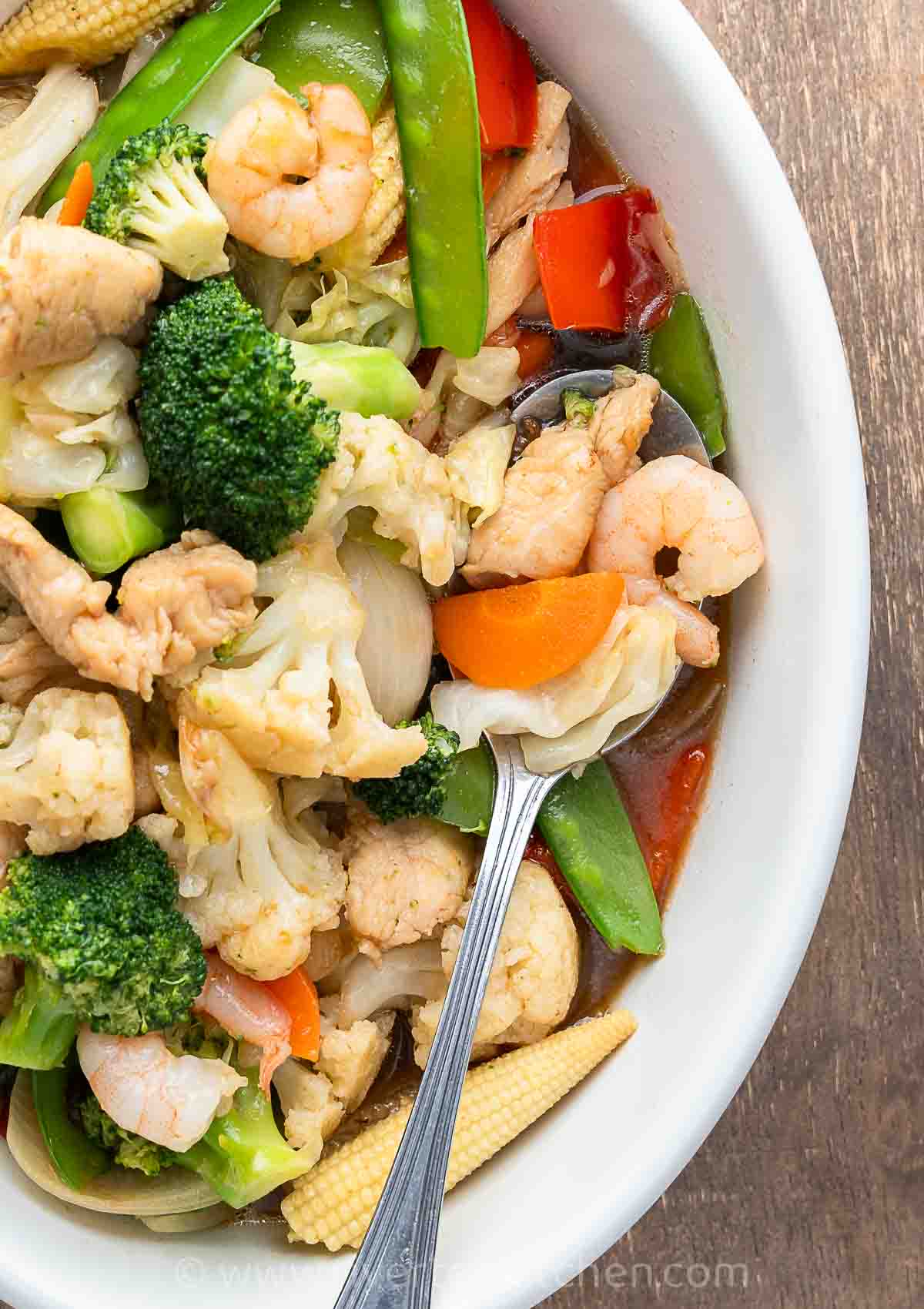
Filipino-style Chop Suey takes on local flavors and ingredients while retaining the concept of a stir-fried mixture of vegetables and protein. What sets it apart is the inclusion of special elements like quail eggs and liver (pork or chicken), making it truly distinct.
Chop Suey Ingredients
Here’s what you need to make chop suey:
Chicken and Shrimp
Using chicken and shrimp is one of the simplest meats you can use for chop suey. Both are easy and quick to cook and can easily absorb the flavor of the sauce and vegetables. Not to worry, I’ve simplified this recipe by excluding quail eggs and liver.
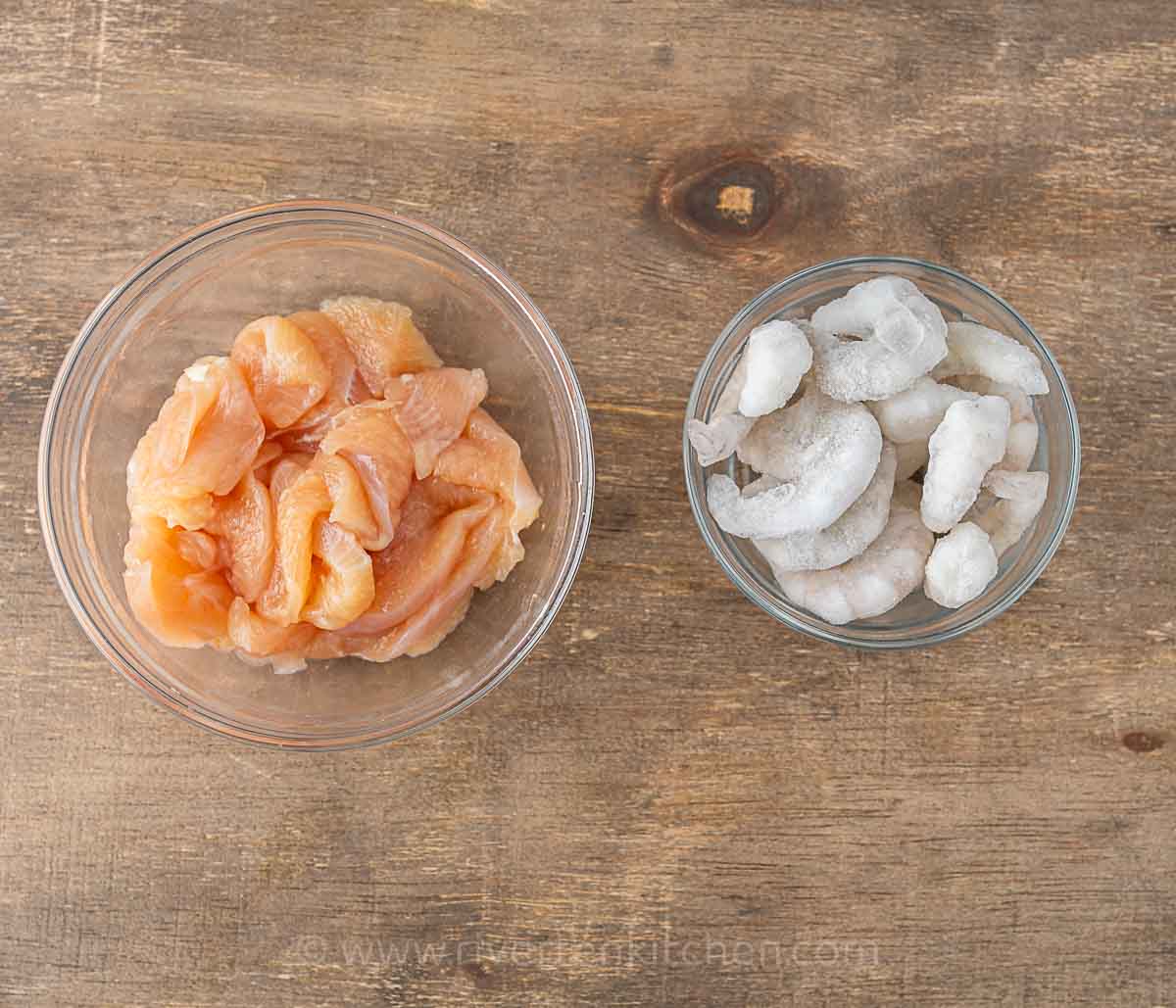
Use chicken breast or chicken thighs alternately. For the shrimp, small to medium sizes are recommended. Here I use frozen shrimp which have already been peeled and deveined.
Chop Suey Vegetables
This variation of chop suey tends to boast a generous selection of vegetables compared to some other chop suey variations. It includes cabbage, carrots, bell peppers, snow peas, baby corn, broccoli, cauliflower, and sometimes mushrooms.
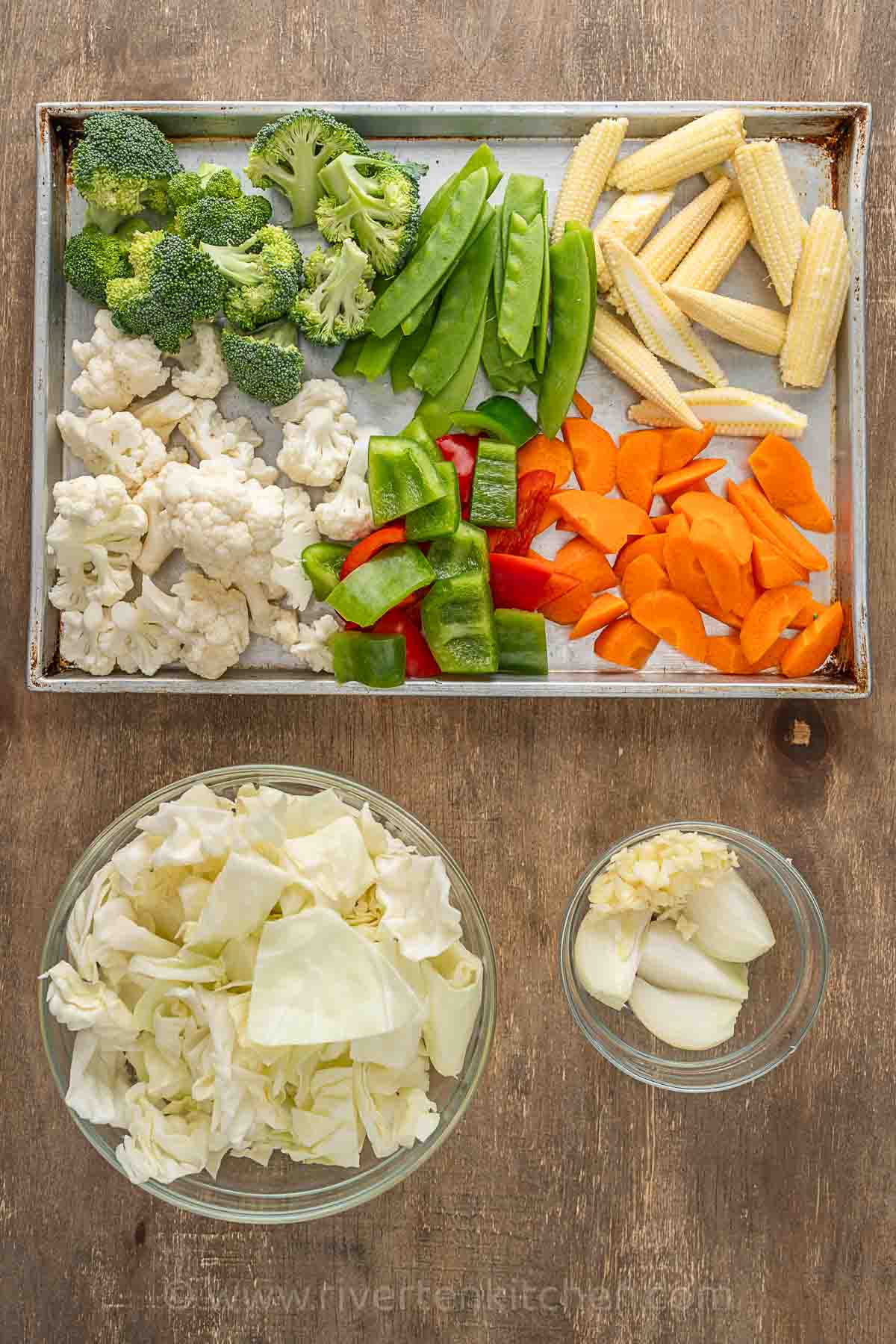
This colorful array of vegetables not only adds a visual appeal but also provides a mix of flavors and textures. Compared to American-Chinese chop suey, it doesn’t include bean sprouts.
Other vegetables you can add are celery, chayote (sayote), green beans, and shitake mushrooms or brown mushrooms.
Chop Suey Sauce
To make the best chop suey sauce, you will need these ingredients:
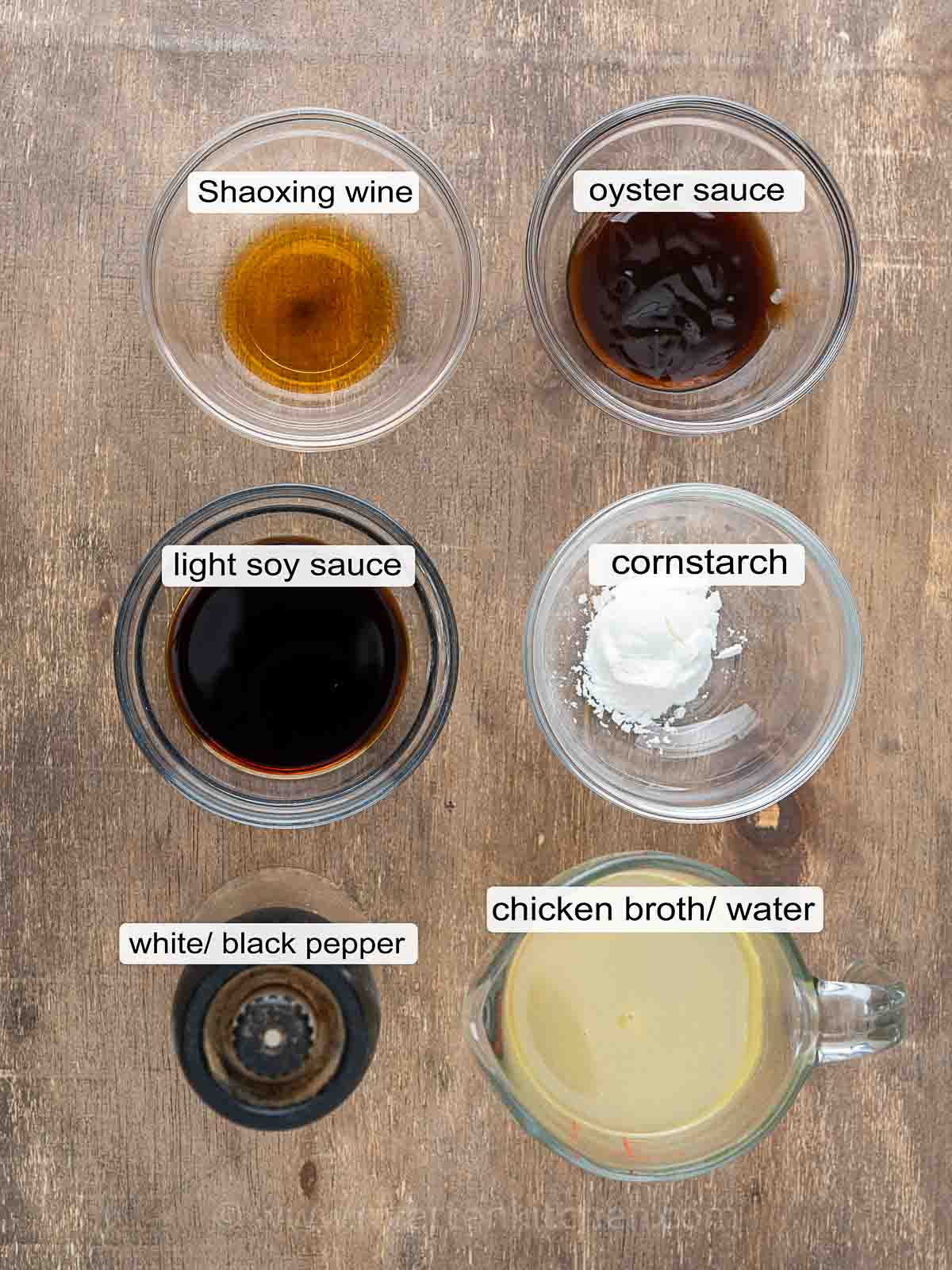
- Light Soy Sauce – also known as “thin” or light-colored soy sauce. Although it is lighter in color, it has a saltier flavor than regular soy sauce. Opting for light soy sauce retains the vibrant color of the vegetables.
- Oyster Sauce – adds a rich and savory umami flavor to this vegetable stir-fry recipe.
- Chicken broth – the secret to a flavorful chop suey sauce. Use low-sodium chicken broth or chicken bouillon to dissolve in water.
- Shaoxing Wine – Shaoxing wine is the secret to achieving that mouthwatering aroma you often experience in dishes served at Chinese restaurants. While it’s not essential, adding a splash of this wine to your recipe can take your dish to the next level. If you don’t have it on hand, no worries – it’s completely optional.
- Cornstarch – to thicken the stir-fry sauce.
How to Make Chop Suey
And here’s how to make the best chicken chop suey:
1. Tenderise the Chicken (optional but recommended)
Tenderizing chicken with baking soda is an optional yet highly recommended technique for stir-fry recipes. It enhances the chicken’s texture, making it tender and velvety, and helps it cook evenly and quickly during the stir-fry process.
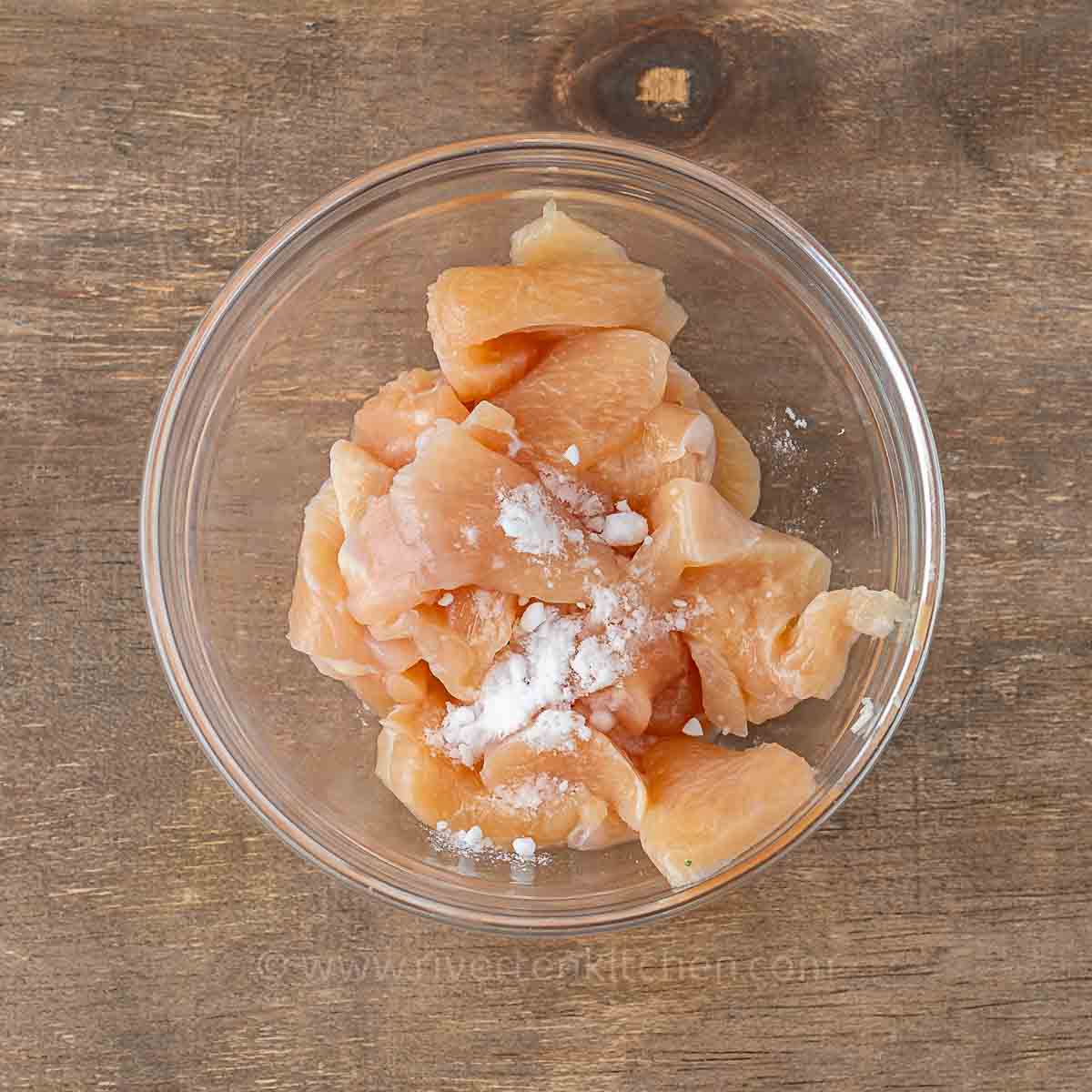
For a small amount of chicken, around 200g/7oz marinating for approximately 12 minutes should be sufficient. After marinating, make sure to thoroughly rinse the chicken with tap water, followed by gently patting it dry using a paper towel.
2. Parboil the vegetables
Blanching or parboiling vegetables before stir-frying is a recommended step that can help improve the final texture and color of the vegetables.
Blanching involves quickly boiling the vegetables in salted water. Restaurants often shock them in ice water to stop the cooking process and retain the color. But since this is a homemade version, I’ve skipped that step.
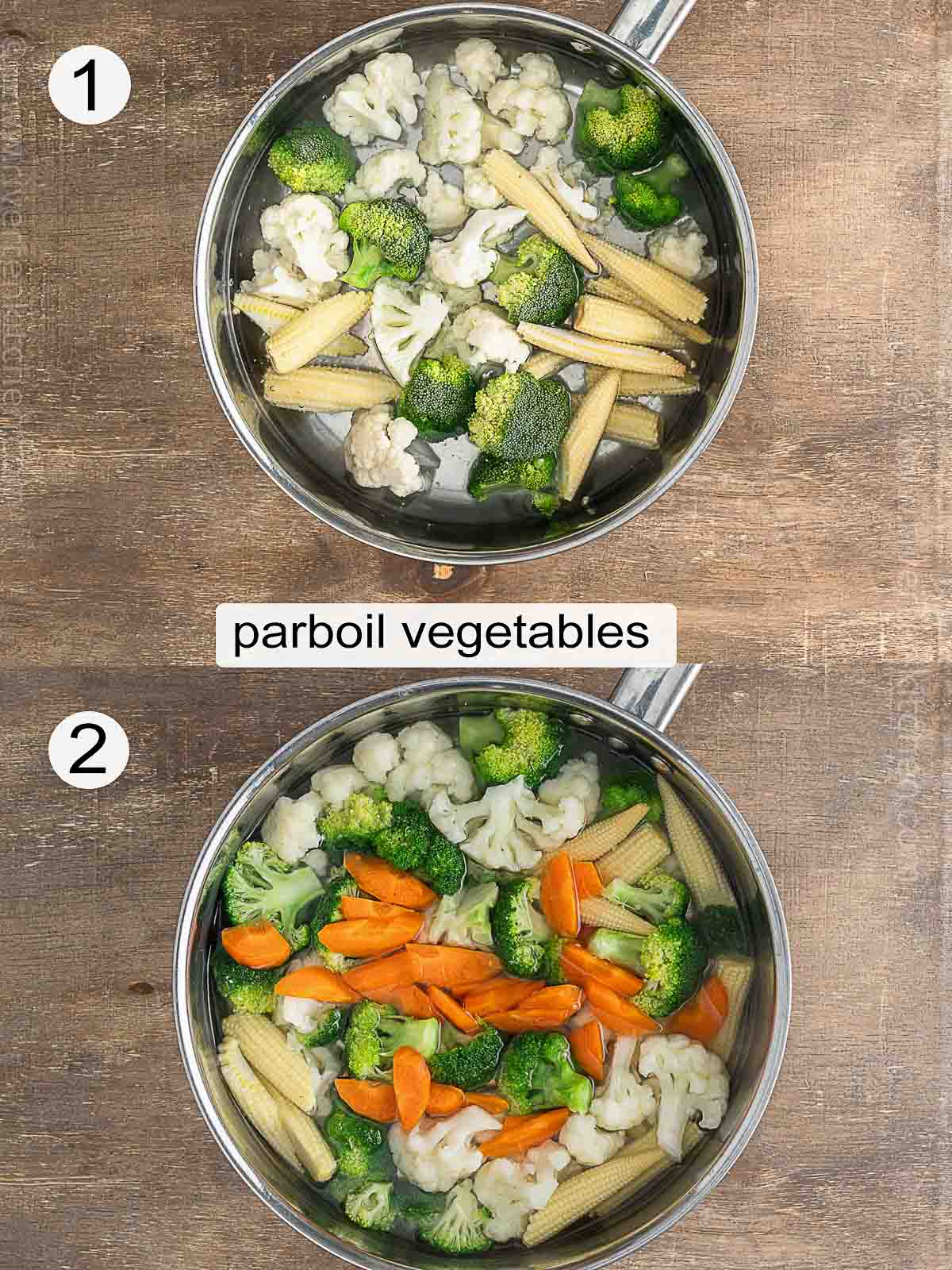
When preparing chop suey, my usual approach involves parboiling hard vegetables such as cauliflower, broccoli, carrots, and baby corn. The rest of the vegetables are then stir-fried with the chicken and shrimp.
3. Stir-fry
Once the vegetables have been partially cooked, we can now start the stir-frying process.
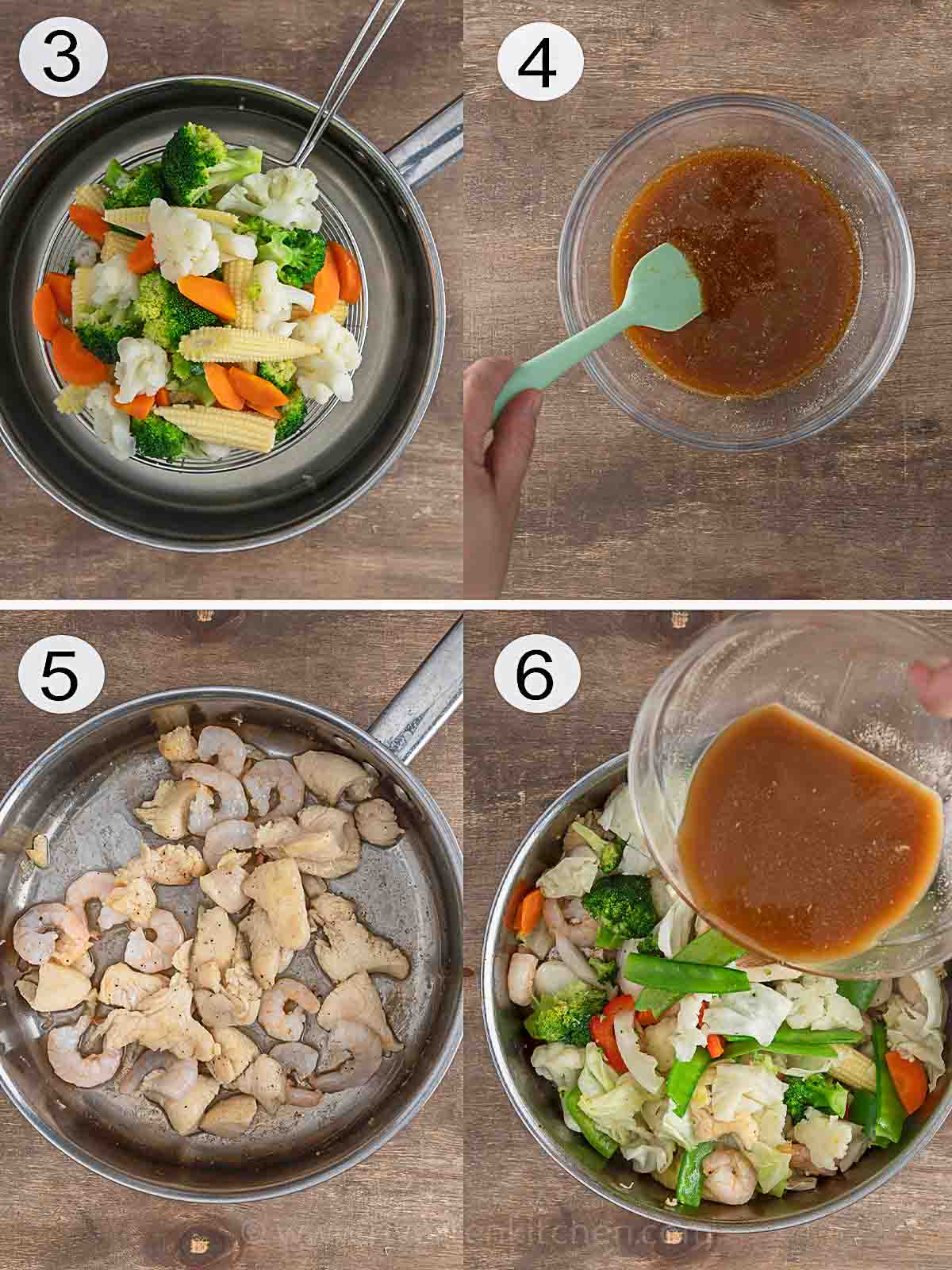
Here’s how:
- Make the sauce beforehand by combining all the ingredients in a small bowl. Stir until thoroughly combined.
- Stir-fry garlic, and onions in until fragrant over medium-high heat. Add the chicken, then cook for two minutes. Quickly add the shrimp then season with salt, and white pepper (or black pepper).
- Add the bell peppers, snow peas, and cabbage. Stir-fry until partially softened.
- Add the partially cooked vegetables and the remaining sauce. Stir everything together until the sauce thickens and until the vegetables are tender but still crisp.
💭 Cooking Tips
- For a smooth cooking workflow, prepare all ingredients beforehand, including washing and chopping vegetables, and measure out any sauces or seasoning.
- To ensure vegetables are thoroughly cleaned, soak them in a large bowl of water with a salt-vinegar solution. This will remove dirt, debris, and certain pesticides from the surface of the vegetables.
- Cutting all the ingredients to approximately the same size will help ensure that they cook evenly.
- Use a wok or a large skillet that can hold all the ingredients without overcrowding.
- Stir-fry the vegetables quickly and continuously, tossing them in the pan until they are crisp-tender. Avoid overcooking, which can result in mushy vegetables.
- Add the sauce near the end of cooking to prevent them from burning.
- Drizzle sesame oil for another layer of flavor. Totally, optional!
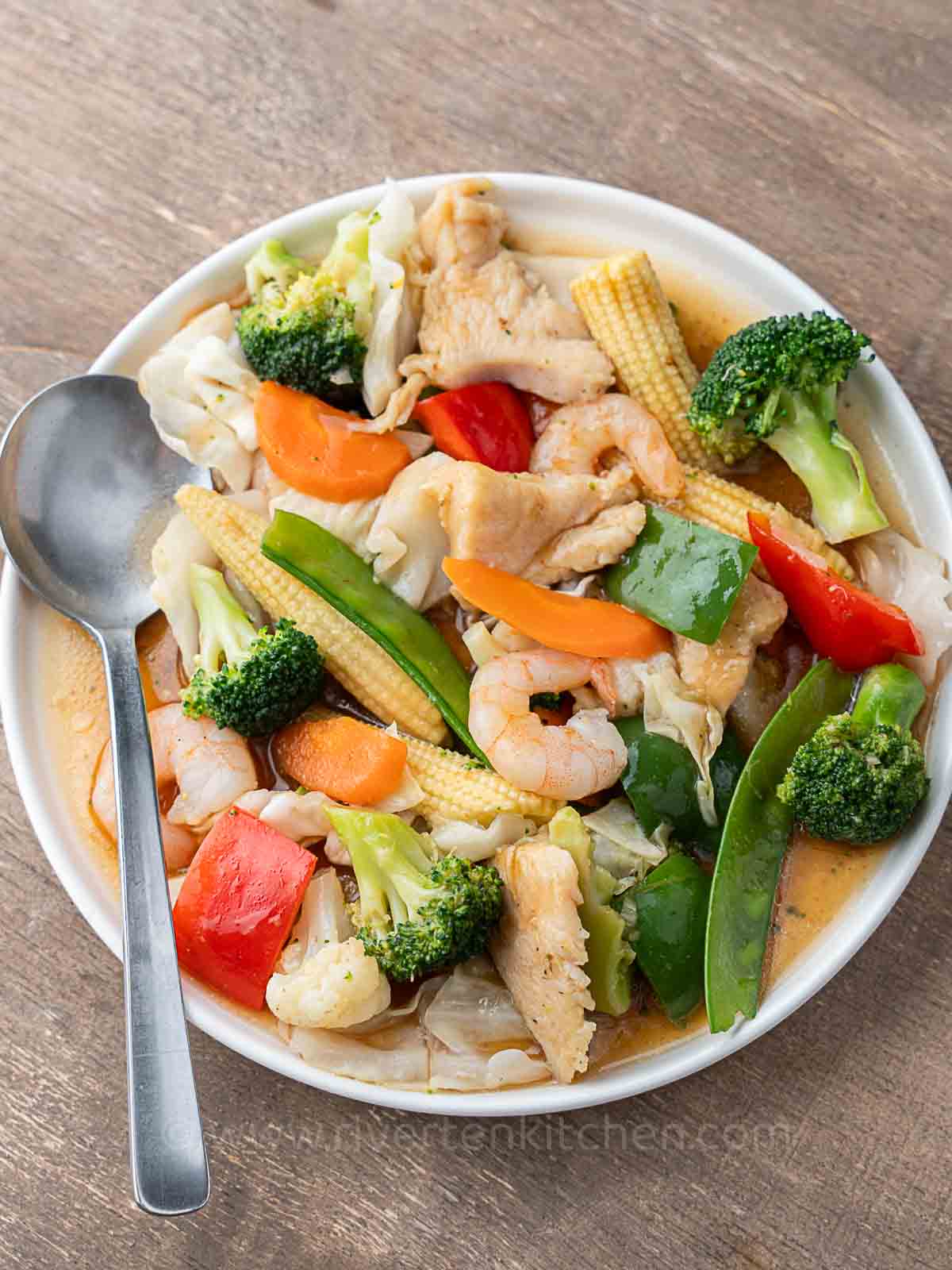
What to Serve with
Serve chop suey over steamed rice or noodles with a side of pork BBQ skewers, lechon pork belly, lumpiang shanghai, and lechon kawali.
Shelf-life and Storage
Store leftover chop suey in an air-tight container within an hour after cooking. It will last in the refrigerator for up to 2 days. Note: Allow the leftover stir-fry to cool down to room temperature before storing it.
Reheating: When reheating, use a stovetop, or microwave. For the best texture, reheat gently to avoid overcooking the vegetables.
Avoid Freezing: Freezing leftover vegetable stir-fry is not recommended, as the texture of the vegetables may become mushy when thawed and reheated.
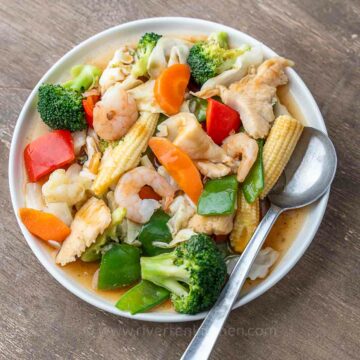
Chicken Chop Suey Recipe
Ingredients
- 7 oz chicken breast (thinly sliced)
- ½ tsp baking soda (optional, NOT BAKING POWDER)
- 7 oz shrimp, small to medium size (peeled and deveined)
- 1 ½ tbsp vegetable oil (or other cooking oil)
- water (for boiling)
- ¼ tsp salt (for boiling)
Chop Suey Sauce
- 1 tbsp cornstarch
- 1 ½ tbsp light soy sauce (note 2)
- 2 tbsp oyster sauce
- 1 tbsp Shaoxing Wine (optional, note 3)
- 1 cup chicken stock (low sodium, note 4)
- dash of black pepper
Vegetables
- 1 small head cauliflower (separated into florets)
- 1 small head broccoli (separated into florets)
- 1 medium carrot (sliced thinly)
- 7 pieces fresh baby corn (sliced diagonally, note 5)
- 2 cloves garlic (finely chopped)
- ½ onion (sliced)
- ½ cabbage (stem removed, sliced into small squares)
- 5 oz snow peas (ends trimmed, string removed)
- 1 bell pepper (red or green or 1/2 of each color) (sliced into small squares)
Instructions
Tenderize chicken (optional, note 1)
- Place chicken in a bowl. Sprinkle baking soda over the pieces. Gently toss to ensure an even coating. Let it rest for 12 minutes (note). Meanwhile, prepare the rest of the ingredients – slice the vegetables, measure out the sauce ingredients etc.
- After the resting time, rinse thoroughly under running cold water. Pat dry chicken with a paper towel. Set aside.
Make the sauce
- Combine all the ingredients of the sauce in a bowl. Stir until cornstarch is incorporated into the other ingredients. You can taste test see if more soy sauce is needed. Set aside.
Parboil the vegetables
- Fill a pot with water just enough to submerge the vegetables. Alternatively, you can also use the same wok or a large skillet you'll be using for the stir-fry.
- Add salt and bring water to a boil. Add broccoli, cauliflower florets, and baby corn. Cook for 1 minute. Add sliced carrots and continue cooking for another 2 minutes. The goal is to partially cook them. Remove the vegetables with a slotted spoon or drain in a colander. Set aside.
Stir-fry
- Heat oil in a large skillet over high heat. Add onion and garlic, and stir-fry until fragrant. Add chicken and cook for 1 minute or until no longer pink.
- Add shrimp, and season with salt and pepper. Stir-fry for another minute. Add bell peppers, cabbage, and snow peas. Continue cooking until slightly softened, around 2 minutes.
- Quickly stir the prepared sauce and pour into the skillet. Add the blanched vegetables. Toss for 1 to 2 minutes until the sauce thickens, coating all the vegetables. Do not overcook, aim for a crisp-tender texture. Do a taste test. Season with ground black pepper and or salt, as needed.
- Remove from heat and quickly serve over rice. Enjoy!
Recipe Notes & Tips:
- Tenderize chicken – a Chinese cooking technique called “velveting”. It enhances the chicken’s texture, making it tender and velvety, and helps it cook evenly and quickly during the stir-fry process. Feel free to skip this step if you prefer.
- Light soy sauce – also known as “thin” or light-colored soy sauce. Opting for light soy sauce retains the vibrant color of the vegetables. Note that light soy sauce is usually “saltier” than regular soy sauce. It is not the same with low-sodium soy sauce. If using regular soy sauce, use Kikkoman and start with 1 tablespoon. Add more based on preference.
- Shaoxing wine – also known as Chinese cooking wine. Skip if not available.
- Chicken stock – or 1/2 piece of low sodium chicken bouillon/stock powder dissolved in hot water. Use low sodium as soy sauce and oyster sauce already has enough salt. If not available use 1/4 piece of regular chicken bouillon.
- Baby corn – No need to parboil if you’re using canned baby corn. Simply stir-fry it along with the tender vegetables.
- Extra saucy chop suey- increase chicken stock up to 1 1/2 cups, cornstarch to 2 tbsp, add more soy sauce and oyster sauce based on taste preference.
Riverten Kitchen is a participant in the Amazon Services LLC Associates Program, an affiliate advertising program designed to provide a means for sites to earn advertising fees by advertising and linking to amazon.com

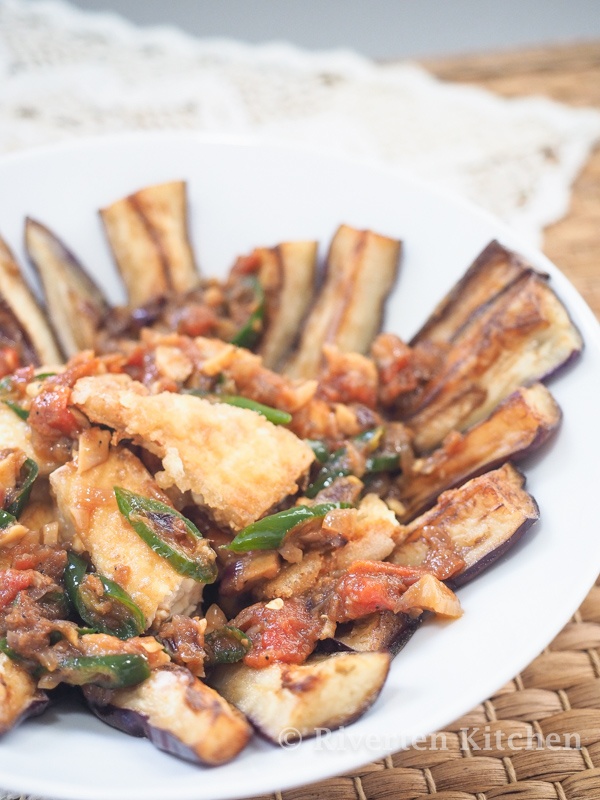
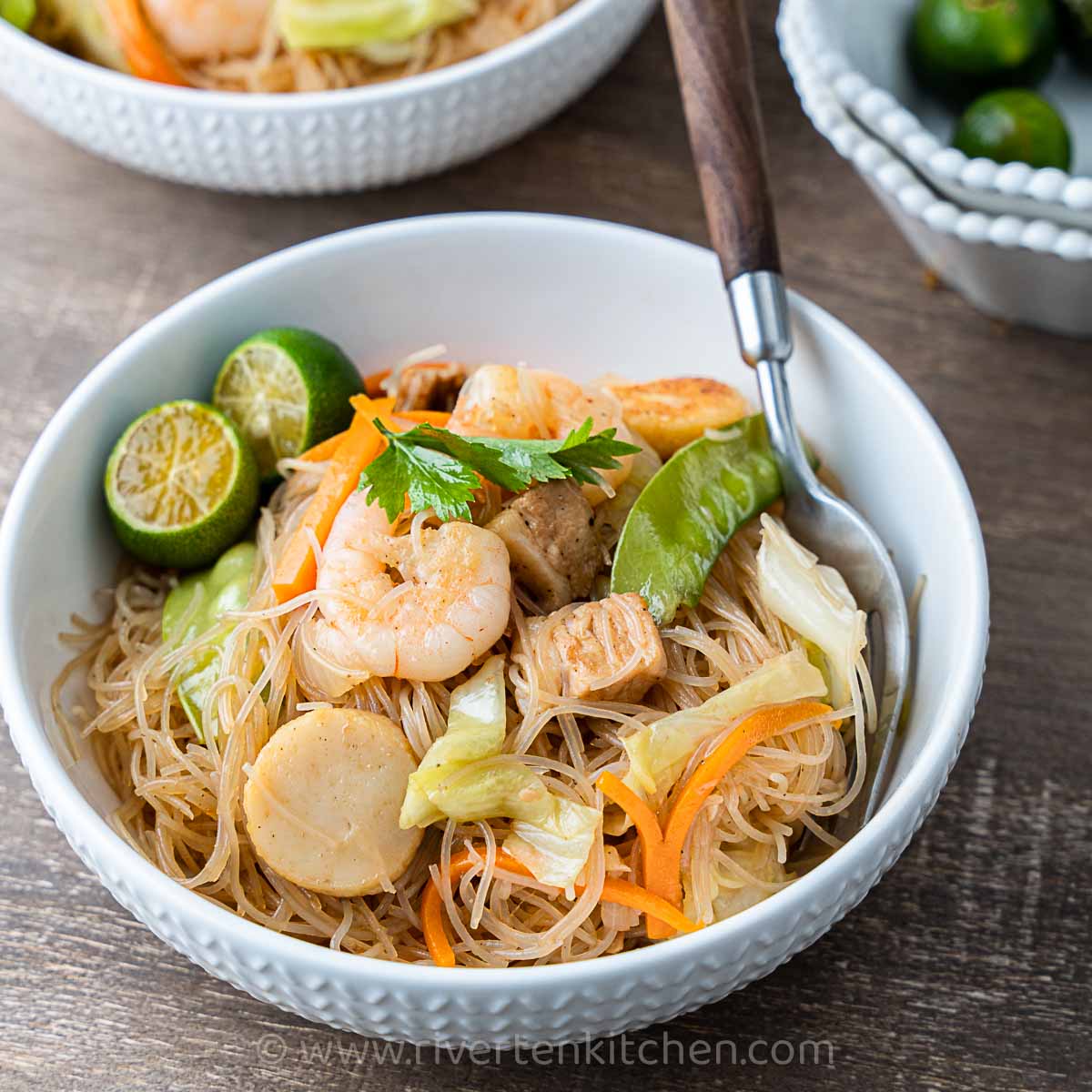
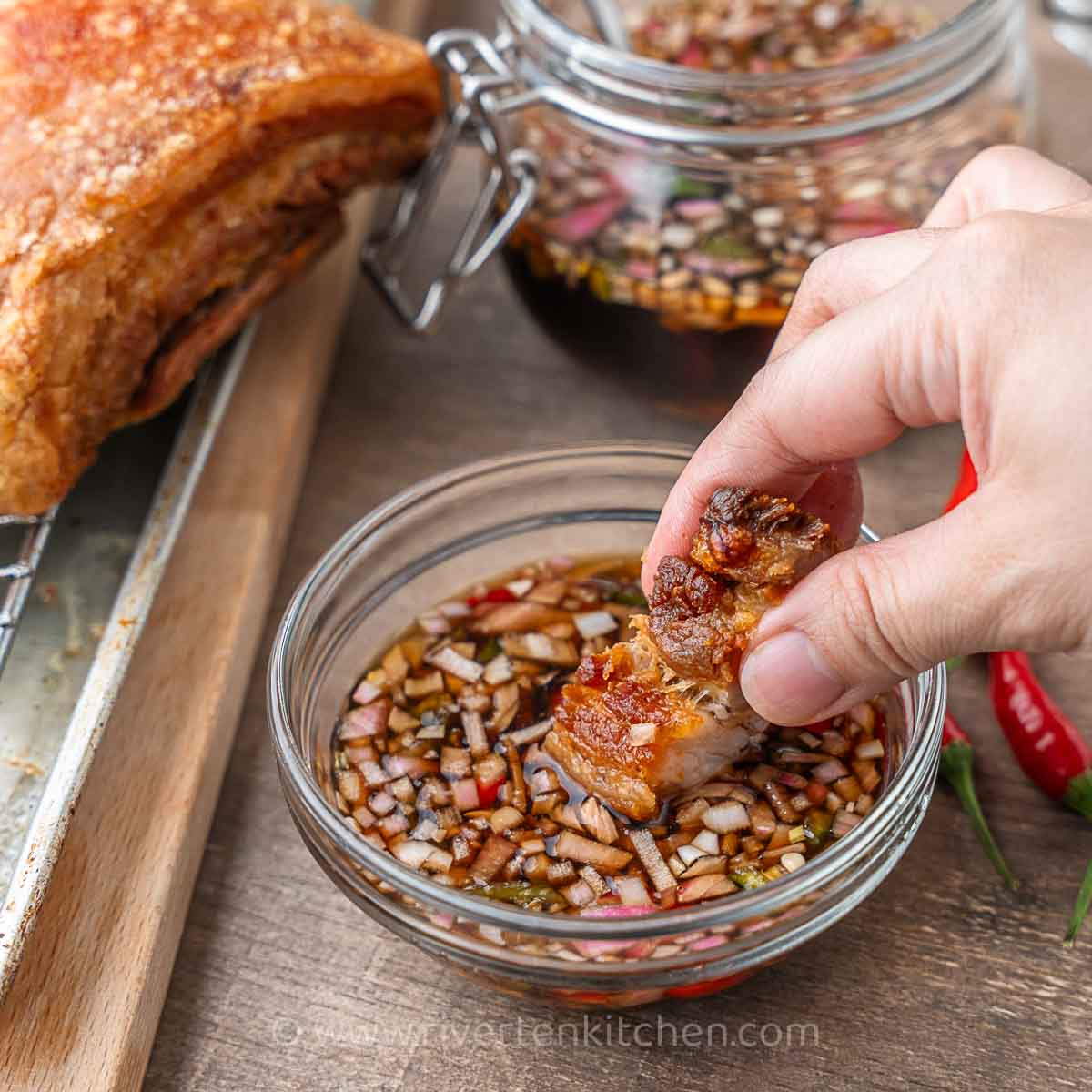
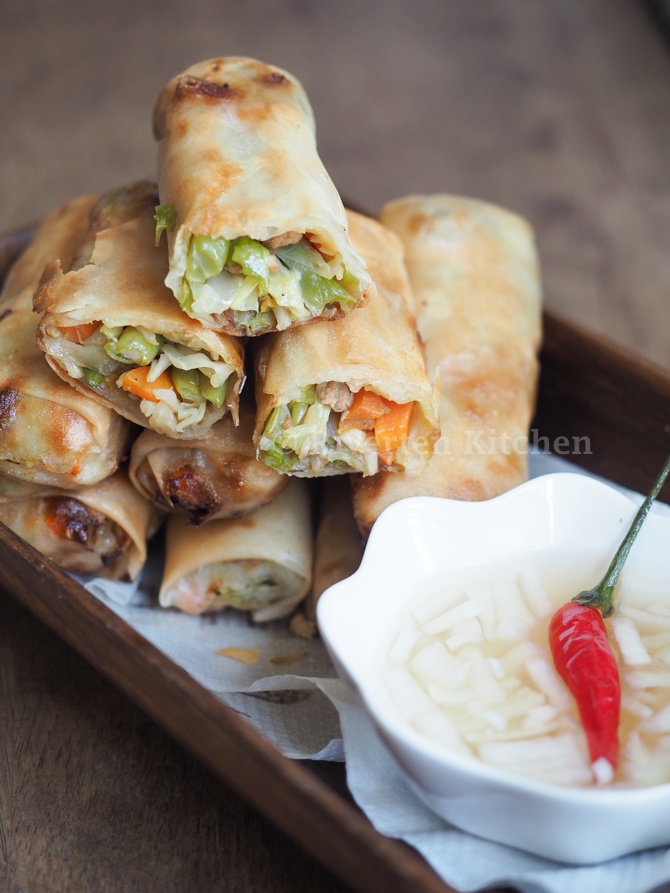
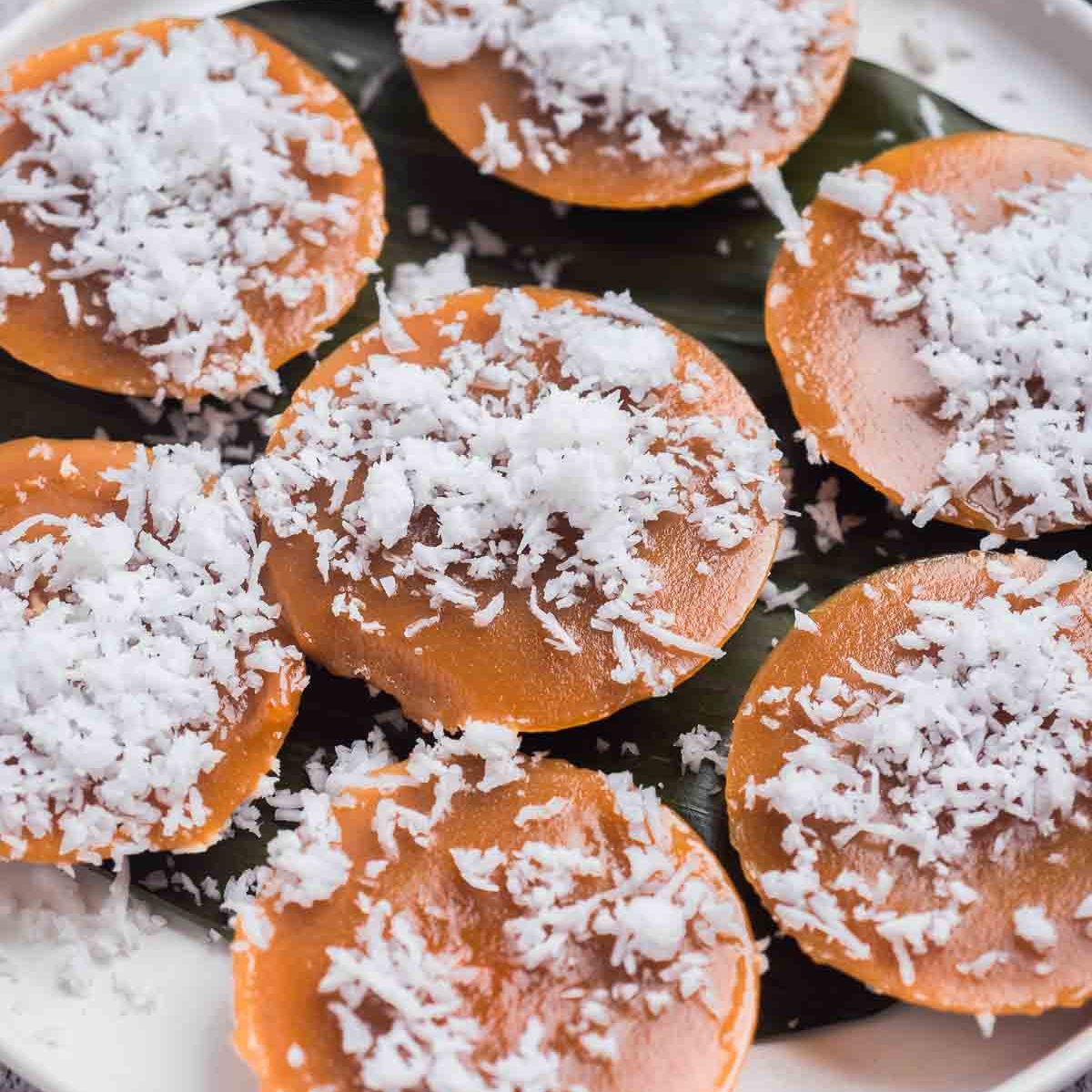
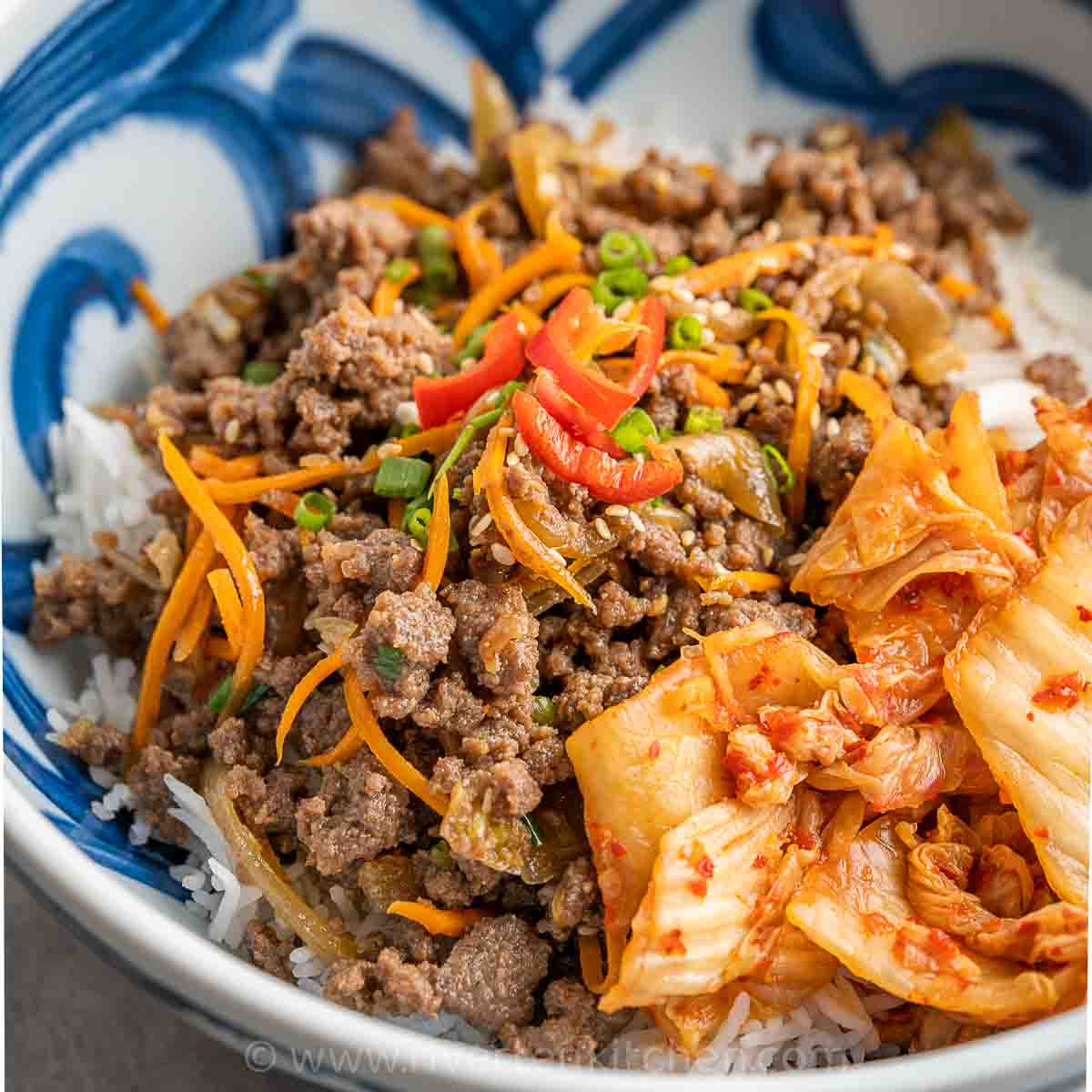
I used to struggle with overcooked vegetables in my chop suey until I discovered this recipe. Thank you! Now I have a perfectly cooked chop suey. I also love using chicken instead of pork.